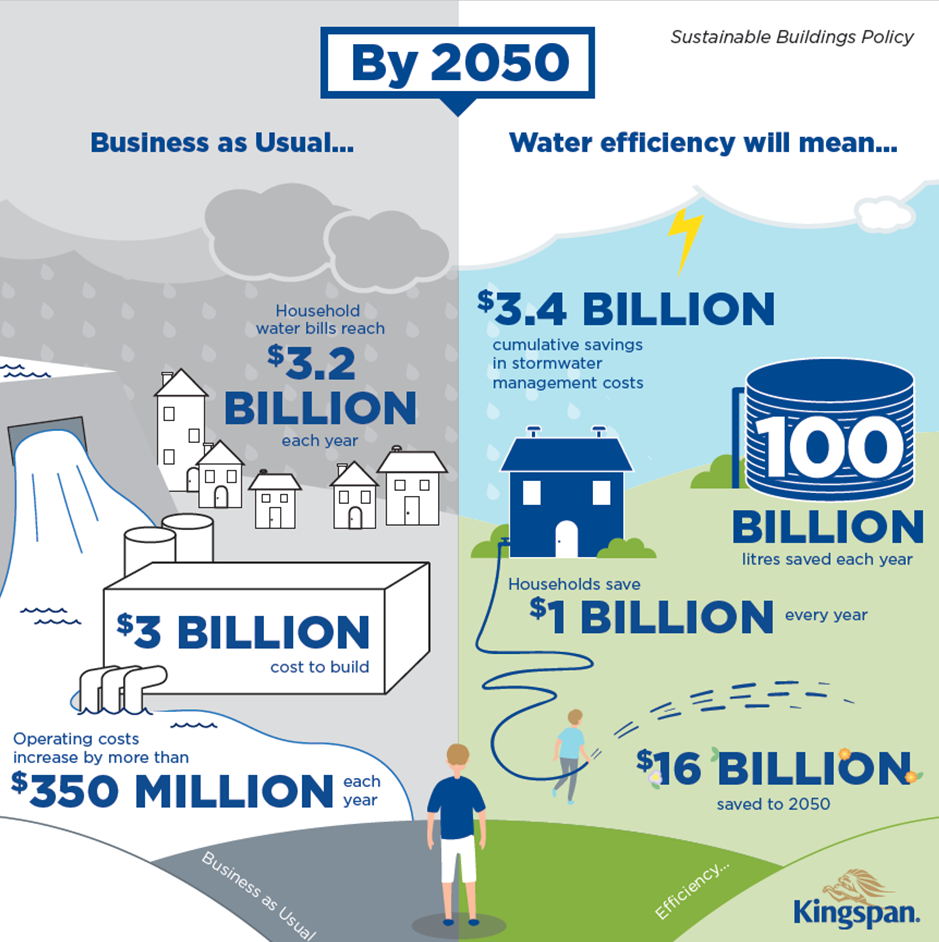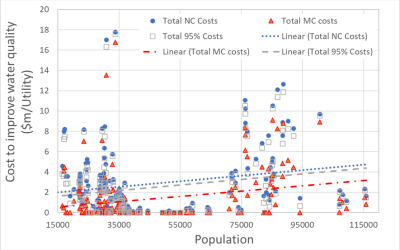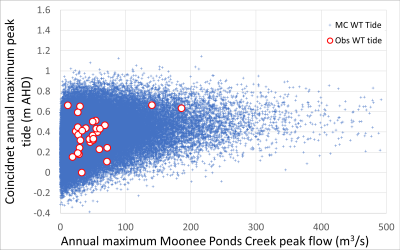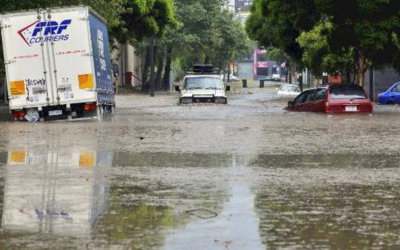Melbourne could save 100 billion litres of water a year by 2050
Interview with Dr Peter Coombes on ABC News Breakfast at 6:30 am on 16 August 2018.
Water savings targets for buildings can drive an average 50% reduction in demand for utility water supply in households. Achievable water efficiency targets for buildings would drastically reduce water usage and create better environmental and economic outcomes.
These benefits apply to households, water utilities and government across normal climate and drought periods.
Targets for sustainable buildings will increase household welfare and urban areas will have reduced impact on drought effected rural catchments.






